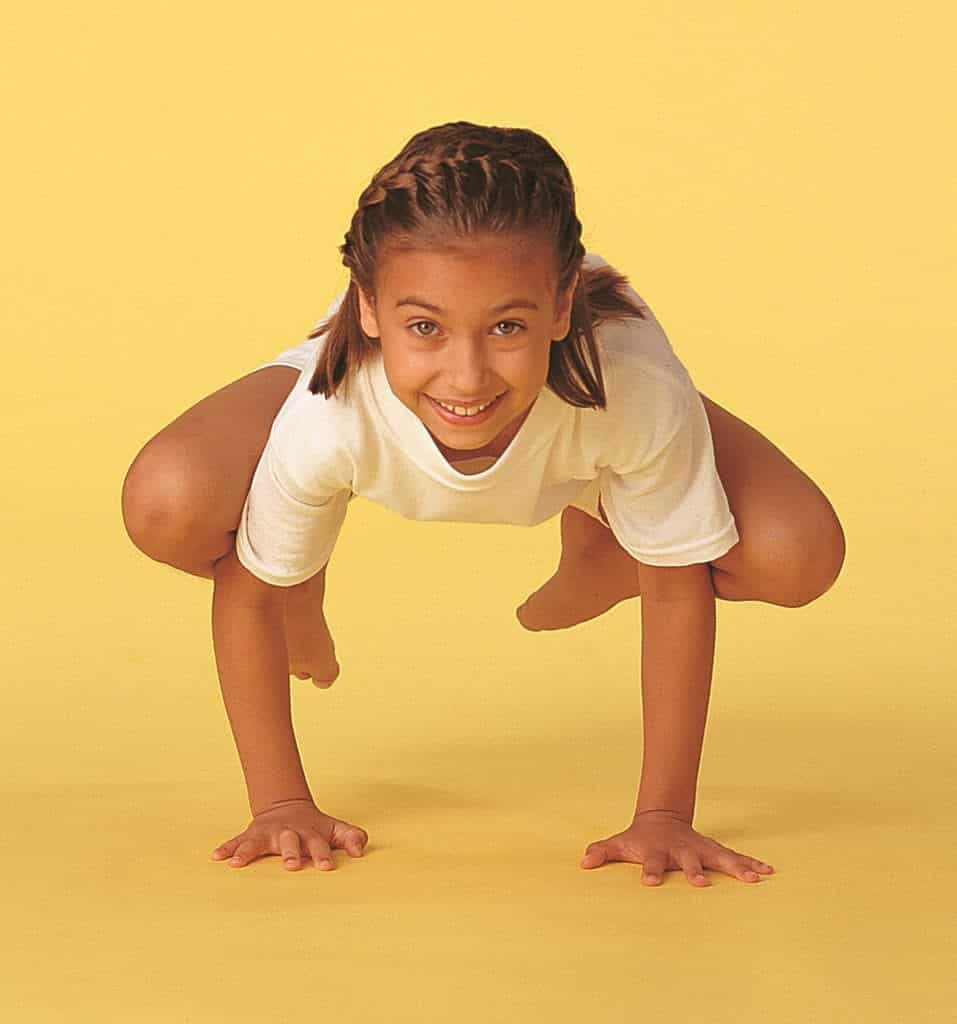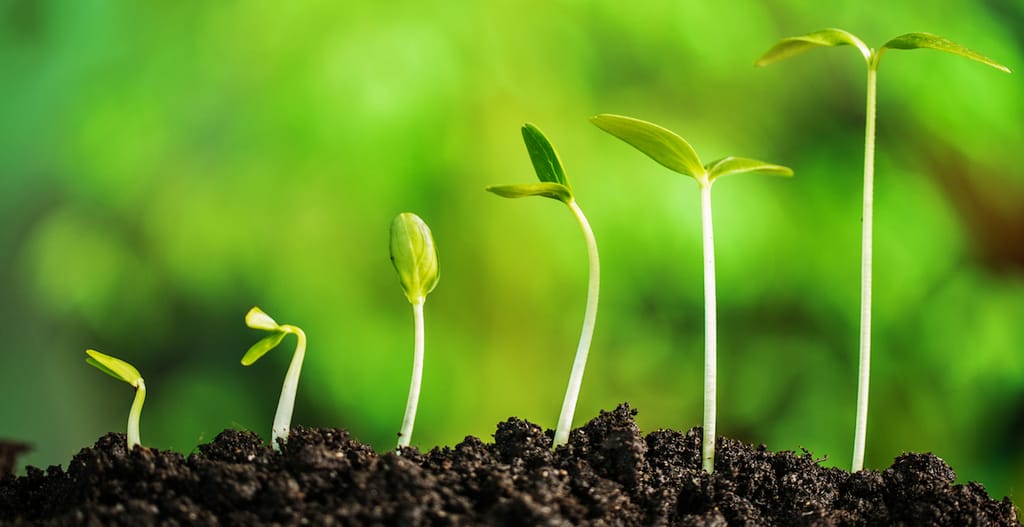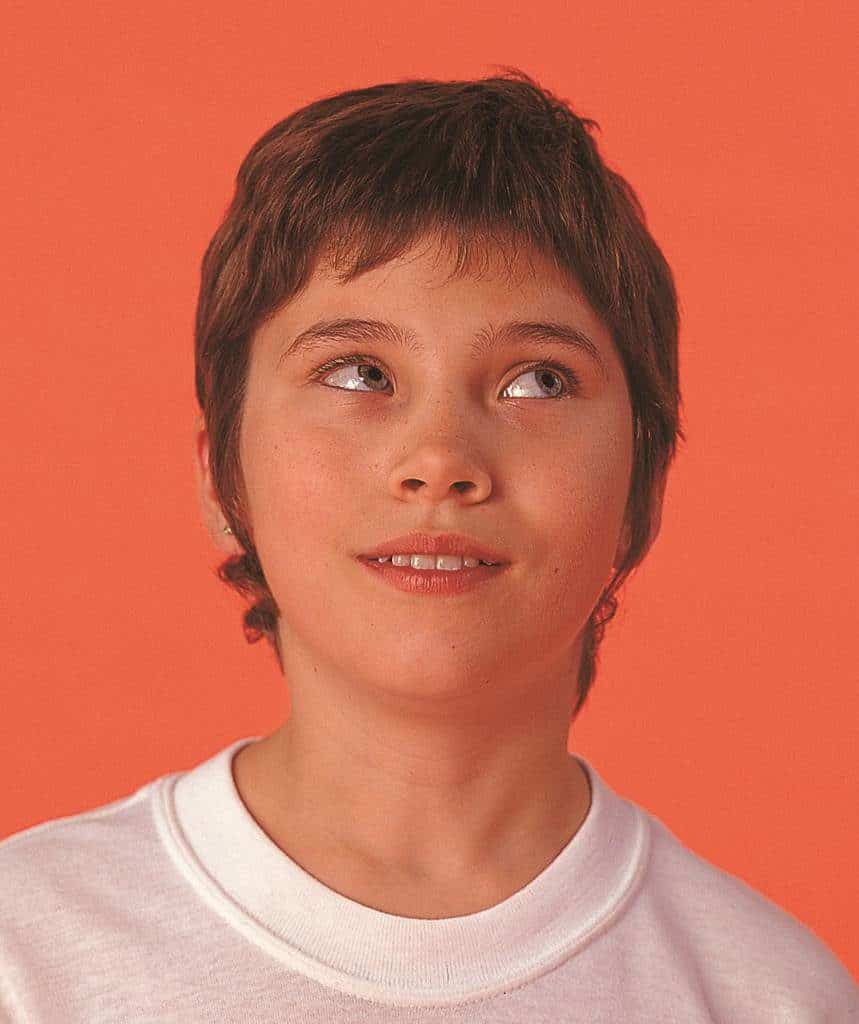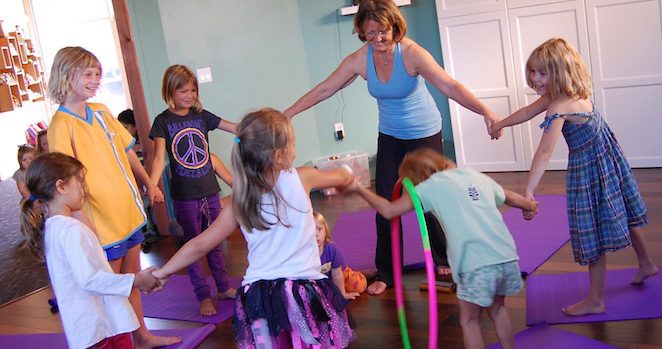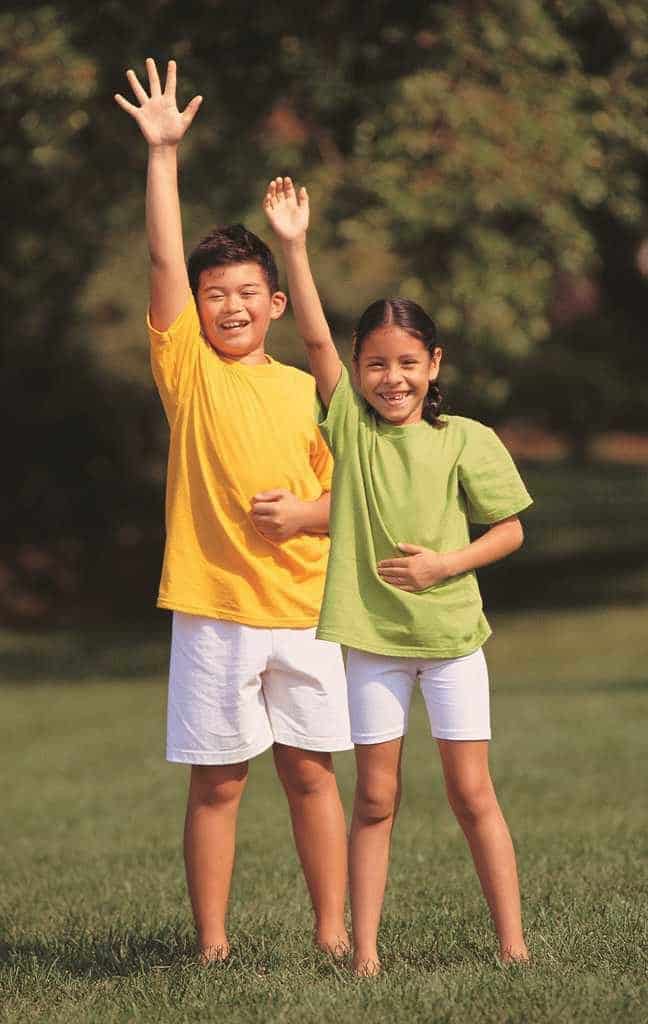It all started with a wink…
During the summer before 11th grade, over 30 years ago, I volunteered at a special needs summer camp. I worked with a non-verbal boy with Cerebral Palsy, with long, beautiful eyelashes. By the end of the summer, I taught him to wink at me as a way of communicating. I felt such joy that he had a way of communicating his happiness. This is the moment that I knew what I was meant to do.
Since this experience, I’ve earned a Bachelor’s Degree in Special Education and a Masters in Speech-Language Pathology. And as a practicing Pediatric Speech-Language Pathologist for over 20 years, I have treated a lot of children with speech delays and special needs.
It was also 20 years ago that I started practicing yoga. But it wasn’t until about 9 years ago that I considered combining the two passions. I woke up and realized that what I get from my practice of yoga is what I needed to bring to the children I treat. I started a Google search and, within minutes, there it was – YOGAKIDS. I had to know more!
I attended a Foundations Training and was amazed with the YogaKids curriculum. What impressed me most was how Howard Gardner’s Multiple Intelligences were used to create the curriculum for YogaKids and that every child’s’ learning style is taken into consideration (something not always thought about in traditional education systems).
Before my Foundations Training, I had not expected to sign up for the Full Certification (since I already had a career). But at the end of the event, I left in tears of joy — I had to become a Certified YogaKids Teacher! I spent the next several months working towards this Certification learning as much as I could and practicing what I was learning in my profession.
I saw such changes in the children I was treating! I love helping them move while doing animal poses and gaining oral-motor strength. Kids love animals (as do I) and enjoy becoming the animals. Seeing these kids practice their oral-motor movements (lip rounding-for moo in cow and lip spreading in meow for cat) gave me such joy and gave them another outlet to practice their movements rather than just drilling exercises. I also introduced breathing techniques which help them stay calm and ready to work on their speech goals.
The YogaKids program enhances my career every day and I’m so grateful to have found it!

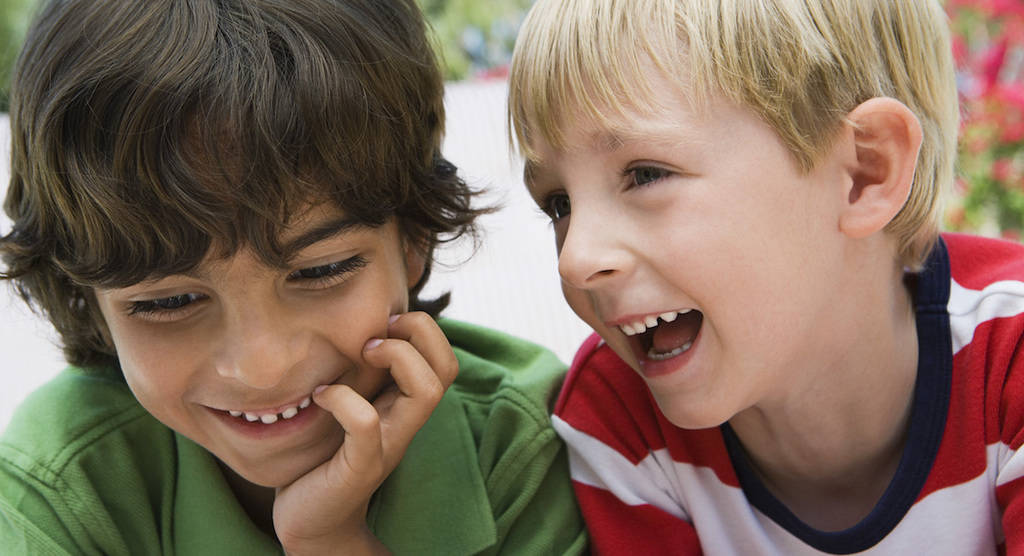
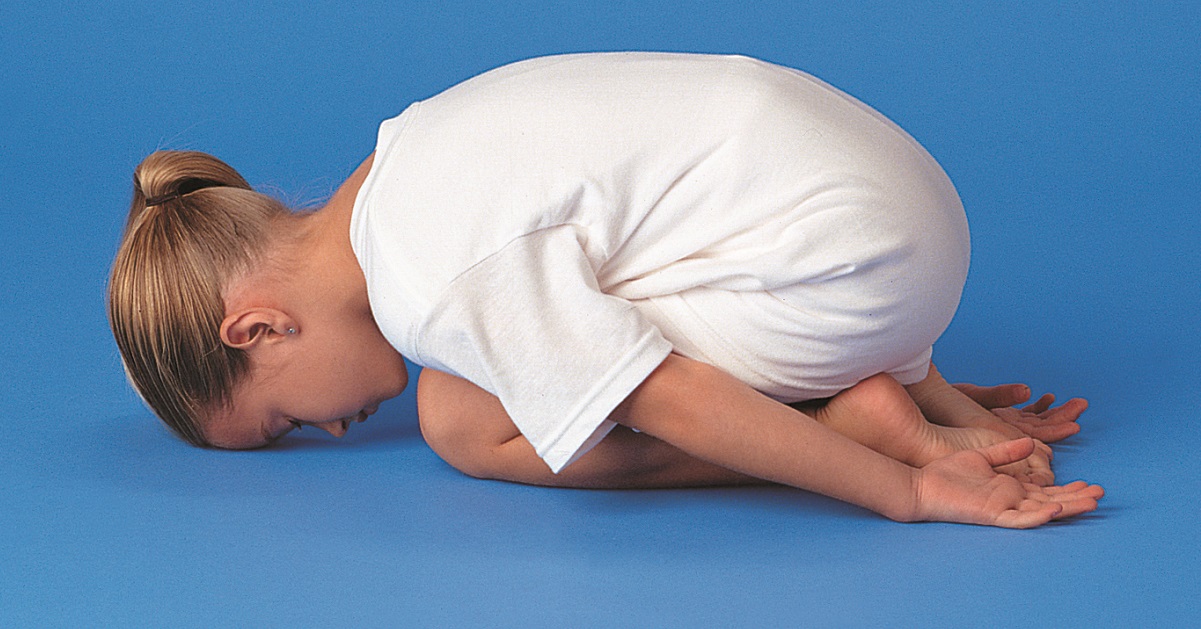
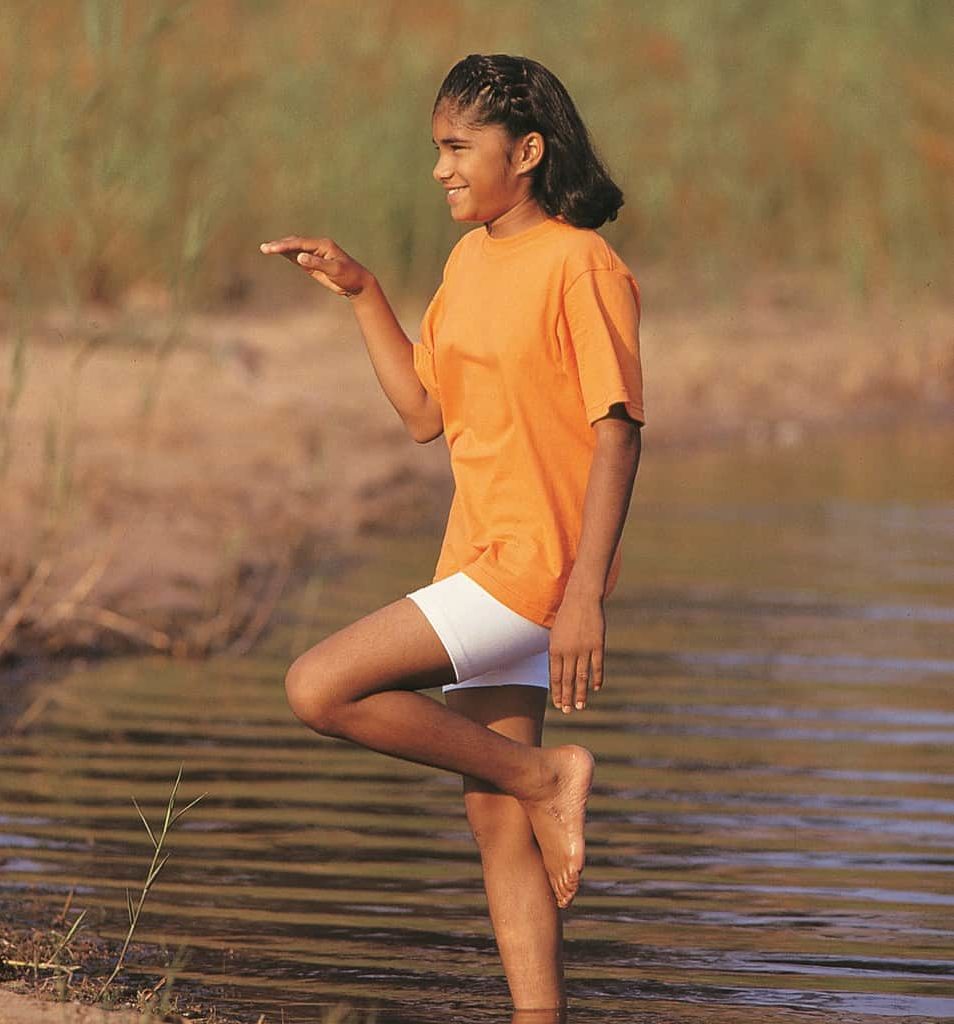
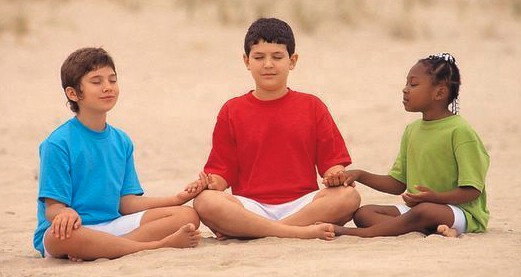 You are hot, filled with power and electricity. Sizzling! Pass it on by holding hands with your friends. Can you feel the electricity flowing through your body and between you and your companions? ZZZZAP!
You are hot, filled with power and electricity. Sizzling! Pass it on by holding hands with your friends. Can you feel the electricity flowing through your body and between you and your companions? ZZZZAP!
